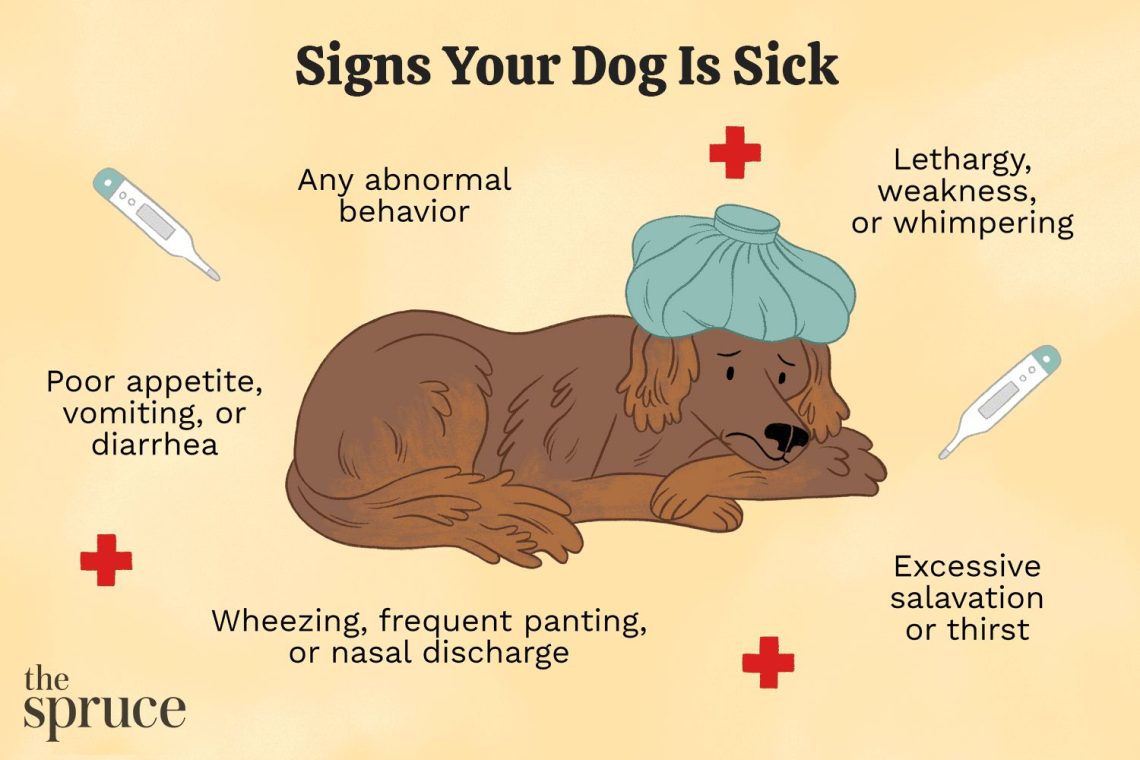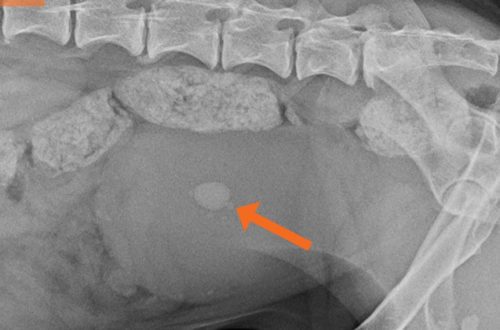
How to distinguish a sick dog from a healthy one
If a dog is not feeling well, he cannot tell us about it. The task of responsible owners is proper care, care for their pet and careful observation of it, so that in case of possible ailments, symptoms are noticed in time and treatment is prescribed on time.
It is not difficult to detect bruises, fractures, cuts, burns and other external injuries in a dog. Many injuries are visible to the naked eye. If you have a long-haired dog, make it a habit to periodically inspect its skin for possible damage.
When it comes to internal diseases, everything is much more complicated here: the problem in the early stages can be difficult to identify even for an experienced veterinarian. Therefore, if symptoms of malaise occur, it is very important to take the dog for examination in time, if necessary, to take tests to diagnose the disease, receive appropriate recommendations and begin treatment.
Early signs of a dog’s illness include:
- lethargic behavior
- fast fatiguability,
- giving up games
- irregular breathing,
- dry nose,
- loss of appetite
- breaking stool.
Such symptoms should alert the owner. They say that the pet feels bad and you need to look for the cause.
More obvious symptoms of the disease – fever (the temperature of an adult dog is normally from 37,5 to 39 ° C, in puppies it is 5 ° C higher), nausea, diarrhea, rapid pulse (normal pulse for medium-sized dogs is 80-120, for large dogs – 70- 80 beats per minute), rapid breathing, coughing, discharge from the eyes, weakness, drowsiness, loss of appetite, desire to be alone.
You can measure the temperature and calculate the pulse and respiratory rate of the dog yourself. To measure the temperature, a thermometer is inserted into the anus of the dog, previously lubricated with petroleum jelly. The pulse can be counted by placing fingers on the femoral artery on the inside of the thigh or on the brachial artery just above the elbow joint. The respiratory rate can be determined by the movement of the dog’s nostrils or chest as it breathes.
Monitor these indicators, as at the clinic appointment, the veterinarian will clarify information with you in order to draw up a picture of the disease. During the examination, the doctor will analyze the condition of the mucous membranes of the eyes, mouth and nose, the condition of the ears, skin and coat, general muscles, and will palpate to check if the dog’s lymph nodes and its organs are normal.
For complex procedures or if the dog shows anxiety during the examination, it is fixed. Fixation allows you to conduct a high-quality inspection and protect a person.
To make a diagnosis, the doctor can use other research methods: standard laboratory tests for blood, urine and feces, as well as ultrasound, x-rays, etc.
It is important that you always have a veterinary first aid kit at home, and the phone number of your veterinarian and a XNUMX-hour veterinary clinic in your contact list.
Take care of your health and the health of your pets, do not get sick!





